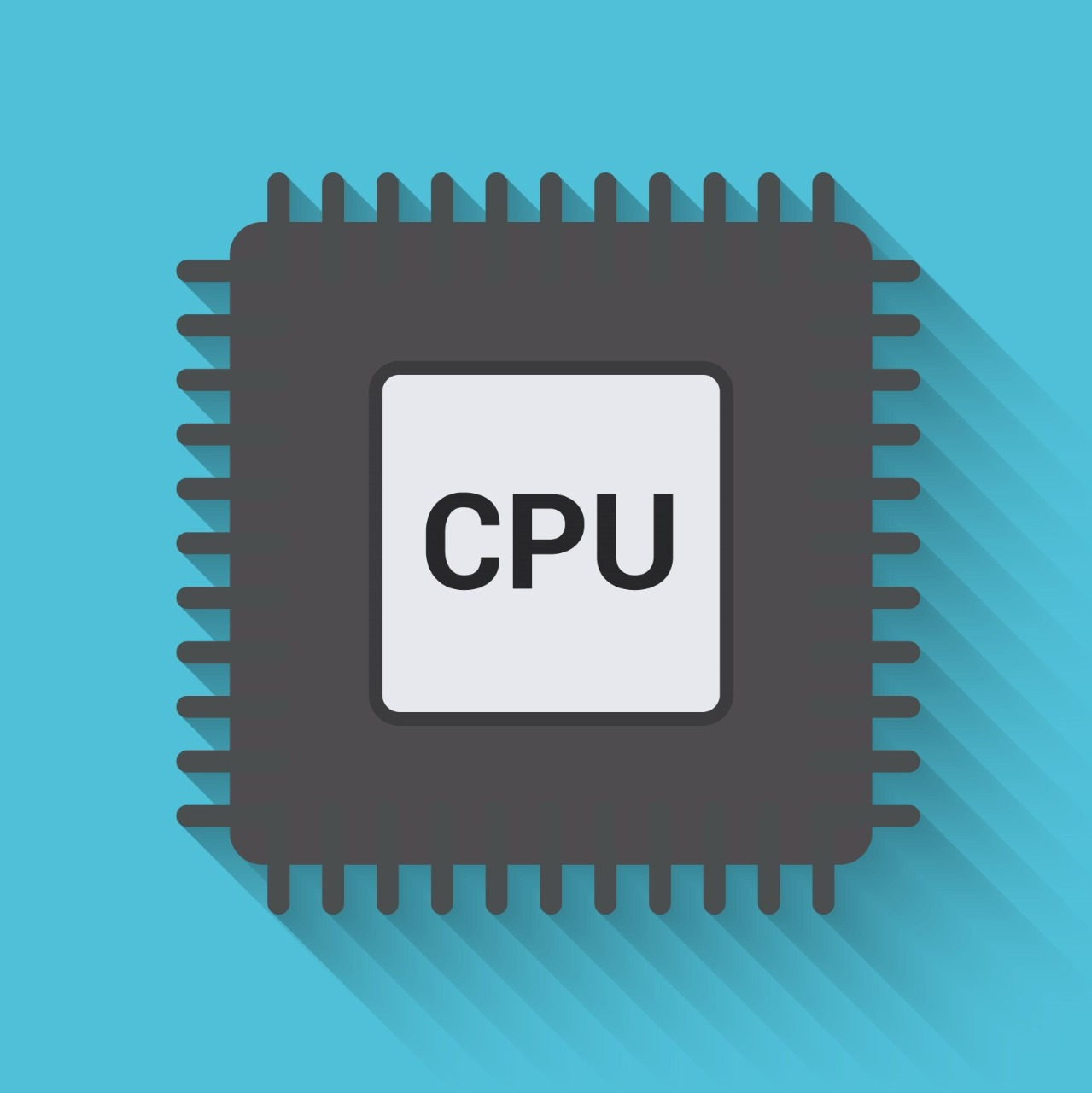Overview of CPU Scheduling Algorithms

CPU scheduling algorithms are used by the operating system to determine which process should be executed
next. The goal of these algorithms is to improve system performance, minimize response time, and ensure
fairness.
There are several factors that need to be taken into account when scheduling CPU time for processes. These
include the priority of the process, the time required for the process to complete its task, the amount of
CPU time already used by the process, and the amount of time the process has spent waiting for input or
output operations.
Different CPU scheduling algorithms use different techniques to determine which process should be executed
next. Some algorithms prioritize processes based on their importance, while others prioritize processes
based on their execution time. Some algorithms use a fixed time slice for each process, while others
dynamically allocate time slices based on the requirements of the processes in the system.
In general, the goal of all CPU scheduling algorithms is to maximize system efficiency and provide the best
possible user experience by ensuring that processes are executed in a timely and efficient manner.
